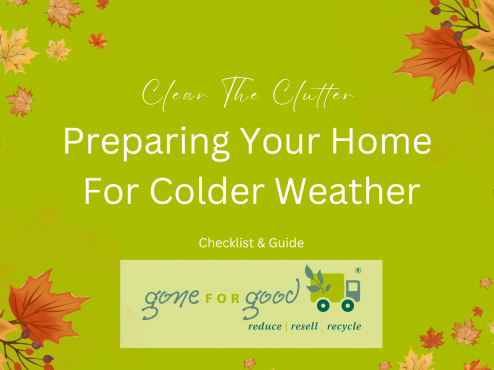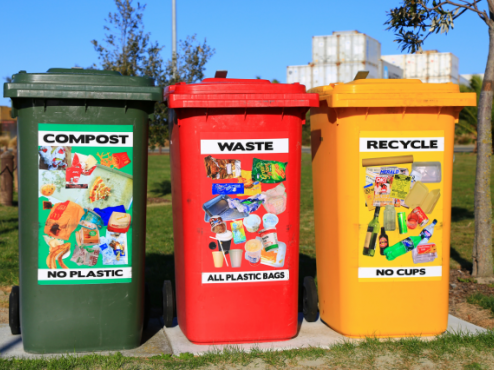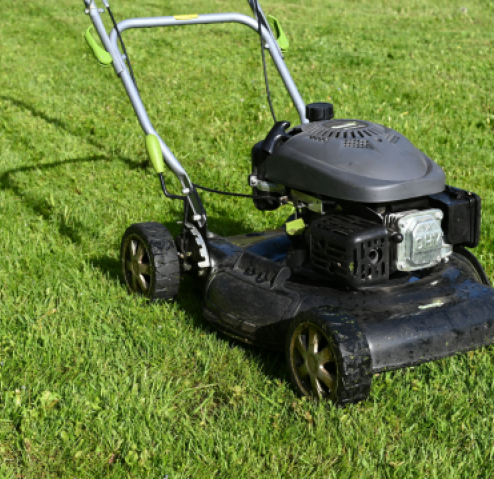The Dangers of Dust
In our line of work it is not uncommon to come in excessive contact with “dust collectors”. Yes, items in your basement that have been long forgotten since they were relegated to the deep recesses of your cave. I know that it is easy to use the “out of sight, out of mind” mindset but the fact that they are out of sight does not mean they not affecting your health. And these dust collectors are not the only source of this dangerous dust. Just 5 days after cleaning my home I can already see dust on every surface in the house, especially those areas that are rarely used, i.e. the TV stand, window sills, and corners of the living room.
You may be thinking, “OK, OK, I will get out the duster more often”. This is a good start but there are other precautions that can be taken to control these dangerous particles. Dead skin cells, animal fur, decomposing insects, food debris, lint and organic fibers from clothes, bedding and other fabrics, tracked-in soil, soot, particulate matter from smoking and cooking may not sound dangerous and harmful but what about arsenic, lead, and DDT? Everything listed above is commonly found in household dust.
Arsenic, even in very low concentrations, can pose health risks. Infants and small children are especially at risk because they come in close contact with the floors and also frequently transfer things from their hand to their mouths.
Lead also makes its way into homes via exhaust, paint, soil deposits and smelting. Again infants and small children tend to have higher blood-lead levels due to their close proximity to the floors and carpet.
Regular vacuuming of the floor will help reduce the amount of harmful particles in your home but they will likely never be completely removed. Other beneficial practices include eating at the dinner table instead of you desk, living room, etc. The more food debris that is around your house the more insects it attracts that will eventually die and decompose. Regular vacuuming will also remove the unwanted dead skin cells which attract dust mites. Dust mites shed allergens which triggers reactions to those suffering from asthma.
 Estate Cleanouts and Junk Hauling Services for Seniors
Estate Cleanouts and Junk Hauling Services for Seniors
Green junk hauling, downsizing, and estate cleanouts from Gone For Good are available throughout Northern Colorado. Unwanted belongings get a second chance with GFG, whether they go to our thrift stores, charity or get recycled- we can as much as we can out of the landfill.
Read More Fall Home Prep Checklist
Fall Home Prep Checklist
Fall is a great time to clear the clutter from your home. Start getting ready for colder weather and the upcoming holiday season. Here is a checklist to help get you started!
Read More How to Recycle and Why You Should Do It in Denver, Colorado
How to Recycle and Why You Should Do It in Denver, Colorado
In Denver, Colorado, recycling is more than just a good practice; it’s a powerful way to contribute to a cleaner, greener, and more sustainable community.
Read More Everything You Need to Know About Recycling Old Lawn Mowers
Everything You Need to Know About Recycling Old Lawn Mowers
When your lawn mower has reached the end of its useful life, the question arises: what should you do with it? Disposing of an old lawn mower may seem simple, but doing so in an environmentally responsible way is crucial.
Read More